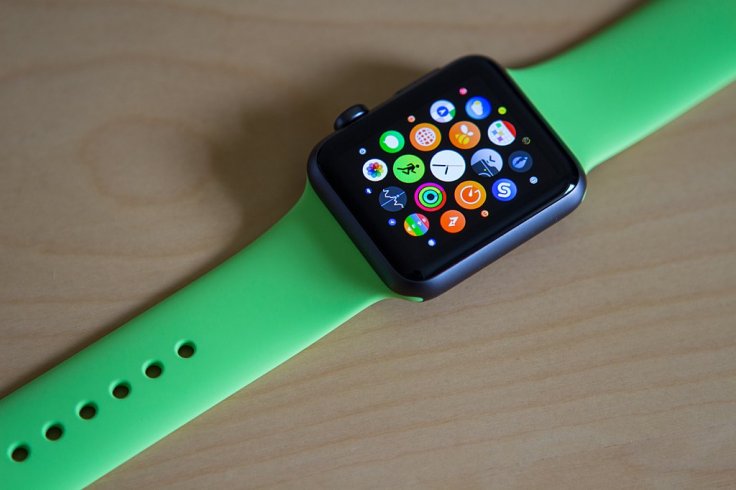The Apple Watch is packed with a host of apps and features that have helped save a number of lives over the years since its launch. The smartwatch's life-saving capabilities are in the news again for coming to the rescue of a 13-year-old athlete from Oklahoma.
Skylar Joslin is crediting his Apple Watch for saving his life after the device's heart rate monitor notified him of a condition he didn't know he had. The middle school student was in class when he received an alert on his Apple Watch saying that his resting heart rate was too high at 190 bpm.
Apple Watch saves teenager's life

The teenager immediately sent a screenshot of the notification to his mother, Liz Joslin. "I got a text message along with a screenshot of his heart rate that was 190," Liz told Apple Insider. "The following message saying, mommy, there's something wrong. I'm not doing anything."
She rushed her son to the hospital as his heart rate continued to climb even further and went as high as 280 bpm, according to local news outlet WBTV. The teen was later diagnosed with a condition called Supraventricular Tachycardia, or SVT, which causes a rapid heartbeat that weakens the heart over time.
The condition came as a surprise considering Skylar is an athlete, who plays football, track and basketball. He had to undergo eight-hour heart surgery in order to fix his rhythm and is now back to the football field and is required to wear a heart rate monitor at all times before one final procedure but without Apple's wearable device, he would've never known about his medical condition.
"If I wouldn't have gotten his Apple Watch, I don't know that I would've ever known," Liz noted. "I mean it's unknown how long it would've been going on or how long it would've really taken."
A lifesaving smartwatch
In October last year, the watch's Fall Detection feature saved the life of a hiker and his girlfriend who fell off a cliff, by detecting their fall and immediately calling emergency services. More recently, the Apple wearable's EKG tech warned a Florida man of potential atrial fibrillation. The feature is also responsible for diagnosing Brazilian man's life-threatening heart condition last month, as previously reported.









